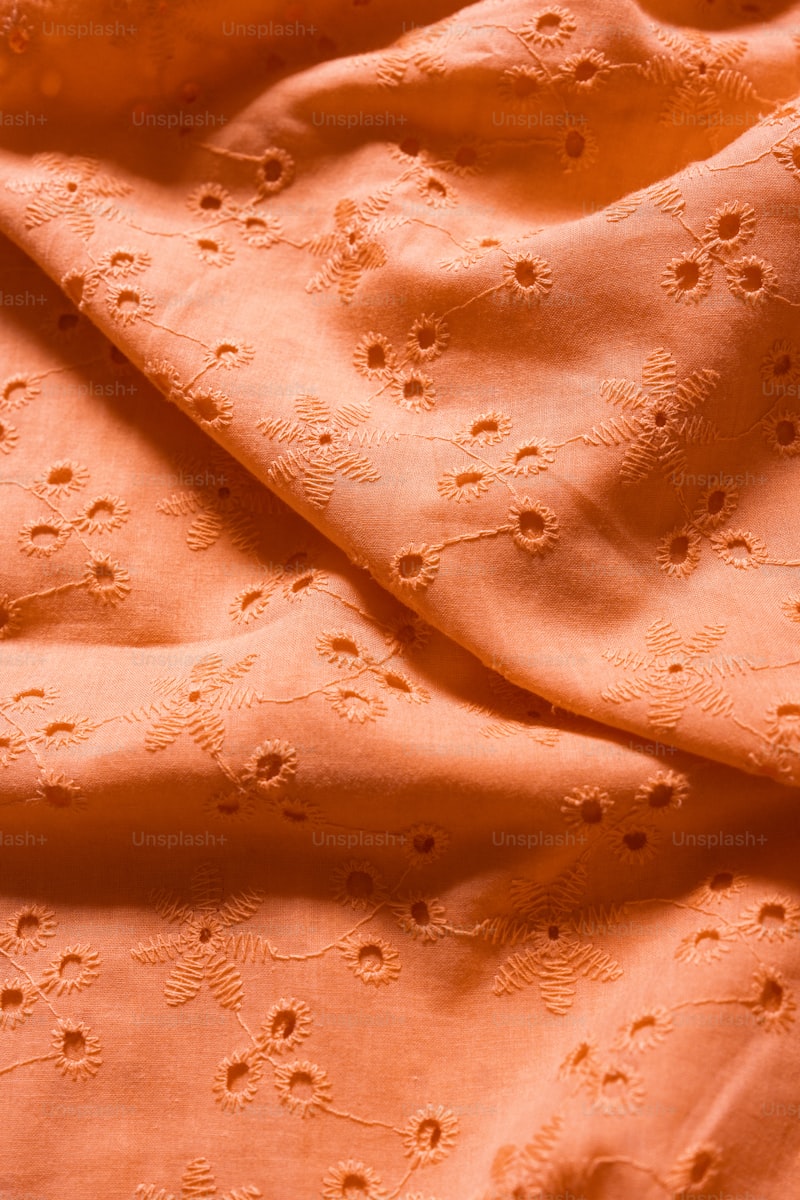Comparing Fabric Quality in New vs. Used Dresses: A Comprehensive Guide
When it comes to dressing up, the quality of fabric can significantly impact both comfort and style. In recent years, people have started to weigh the benefits of purchasing new dresses against the allure of used or vintage ones. In this article, we will delve into the factors affecting fabric quality in new and used dresses, allowing you to make an informed decision for your wardrobe.
Understanding Fabric Quality
Fabric quality is determined by several factors, including the type of material, weave, and manufacturing process. Whether you're considering a brand-new dress or a second-hand find, understanding these elements is crucial
Types of Fabrics
| Fabric Type | Characteristics | Typical Uses |
| Cotton | Soft, breathable, and comfortable; highly versatile. | Casual dresses, summer wear. |
| Satin | Luxurious and smooth; has a shiny finish. | Evening gowns, cocktail dresses. |
| Linen | Lightweight; breathable and perfect for hot weather but wrinkles easily. | Summer dresses, skirts. |
| Silk | Soft, lustrous fabric with a natural sheen; often used in high-end fashion. | Formal dresses, high-end fashion. |
| Polyester | Durable, low maintenance; less breathable compared to natural fabrics. | Everyday wear, affordable dresses. |
Understanding the characteristics of these different fabrics is essential, as it helps determine their durability and how well they'll hold up over time. New dresses often utilize blends of these materials to enhance durability, prevent wrinkles, and improve overall quality.
New Dresses: The Pros and Cons
When considering new dresses, several advantages and disadvantages must be weighed.
Advantages of New Dresses
1. Modern Trends: New dresses are often designed in line with the latest trends. If you're looking for a fashionable look, shopping for the latest styles can be beneficial.
2. Quality Control: New dresses are often subjected to rigorous quality checks during manufacturing, ensuring that the fabric is in excellent condition.
3. Vibrant Colors and Prints: New fabrics are less likely to fade and often come in a wide range of colors and prints that can complement any wardrobe.
Disadvantages of New Dresses
1. Cost: New dresses tend to be more expensive than used ones, especially if they are high-end brands.
2. Environmental Impact: The production of new clothing contributes to environmental pollution and resource depletion.
Used Dresses: The Pros and Cons
Buying used dresses also comes with its set of advantages and disadvantages.
Advantages of Used Dresses
1. Cost-Effective: Used dresses are typically much cheaper than their new counterparts.
2. Unique Finds: Vintage dresses offer unique styles that aren’t available in mainstream shops.
3. Sustainability: Purchasing used dresses is an environmentally friendly option, as it promotes recycling and reduces waste.
Disadvantages of Used Dresses
1. Potential Wear and Tear: Used dresses may show signs of wear, such as fading, fraying, or structural issues.
2. Limited Selection: Depending on the store or online marketplace, the available sizes and styles may be limited.
Analyzing the Condition of Used Dresses
When considering a used dress, there are several factors to analyze the fabric quality effectively.
1. Inspect for Stains and Damage
Always check for stains that may not wash out and fabric damage. Familiarize yourself with the fabric type so you can gauge how much wear it has endured.
2. Assess the Fabric Thickness and Texture
Higher-quality fabrics generally feel thicker and more durable. Trust your intuition when assessing the tactile sensation of the fabric.
3. Examine the Seams
Seams and stitching quality can indicate how well the garment has been made and its potential longevity.

Making the Right Choice for Your Wardrobe
Deciding between new and used dresses ultimately depends on your personal preferences, budget, and values regarding sustainability. Here are some considerations:
1. Define Your Needs
Decide what occasions you need the dresses for—casual wear, work attire, or formal events—and choose accordingly.
2. Conduct Thorough Research
It’s important to do your due diligence on both the fabric quality and the seller. Reading reviews can provide insights into the durability of materials.
3. Consider Alterations
If you opt for a used dress, factor in the potential cost of alterations to achieve the perfect fit. Sometimes a small adjustment can elevate a dress to make it feel brand new.
Conclusion
In conclusion, comparing fabric quality in new vs. used dresses reveals essential insights that can play a pivotal role in your purchasing decision. While new dresses offer modern styles and controlled quality, used dresses present cost-effective and sustainable options. Ultimately, it’s crucial to assess your preferences and values when choosing between these two options. Exploring the world of vintage fashion can lead to incredible finds while supporting eco-friendly practices.
Whether you opt for the freshness of a new dress or the charm of a used one, a thoughtful approach will ensure you make a choice that suits both your style and your conscience.
Remember, the quality of fabric contributes significantly to your overall experience wearing a dress. Choose wisely!